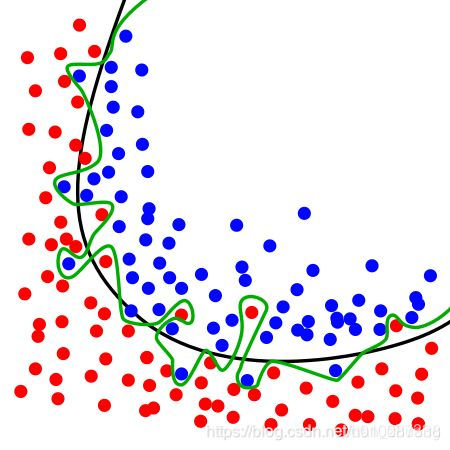[docs]class Adam(Optimizer):
r"""Implements Adam algorithm.
It has been proposed in `Adam: A Method for Stochastic Optimization`_.
The implementation of the L2 penalty follows changes proposed in
`Decoupled Weight Decay Regularization`_.
Arguments:
params (iterable): iterable of parameters to optimize or dicts defining
parameter groups
lr (float, optional): learning rate (default: 1e-3)
betas (Tuple[float, float], optional): coefficients used for computing
running averages of gradient and its square (default: (0.9, 0.999))
eps (float, optional): term added to the denominator to improve
numerical stability (default: 1e-8)
weight_decay (float, optional): weight decay (L2 penalty) (default: 0)
amsgrad (boolean, optional): whether to use the AMSGrad variant of this
algorithm from the paper `On the Convergence of Adam and Beyond`_
(default: False)
.. _Adam\: A Method for Stochastic Optimization:
https://arxiv.org/abs/1412.6980
.. _Decoupled Weight Decay Regularization:
https://arxiv.org/abs/1711.05101
.. _On the Convergence of Adam and Beyond:
https://openreview.net/forum?id=ryQu7f-RZ
"""
lr 是Adam算法里面的,代表学习率
betas ,一个元组(tuple)是Adam算法里面的和
,代表历史积累动量在新求的的动量里面的权重比
eps,是Adam算法里面的,避免分母为零用的,不会影响结果的小tip
weight_decay,就是第12行里面的,就是weight参数的衰减因子,因为
和
都大于0,每次update weight参数,
都会对参数的值增加起到抑制的作用。
那么为什么要抑制weight参数不要变得过大呢?
从模型的复杂度上解释:更小的权值w,从某种意义上说,表示网络的复杂度更低,对数据的拟合更好(这个法则也叫做奥卡姆剃刀)
其实控制weight参数在一个值范围内,也在一定程度上减小了function set的选择范围,不会让我们选择一个过于偏冷复杂的function如下图,
训练时我们选择简单的黑线就挺好,不必找到最合适但很复杂的绿线。


























 1826
1826

 被折叠的 条评论
为什么被折叠?
被折叠的 条评论
为什么被折叠?










